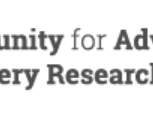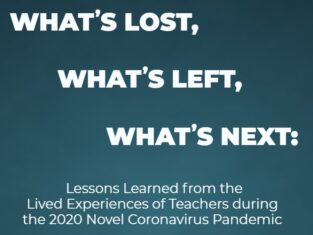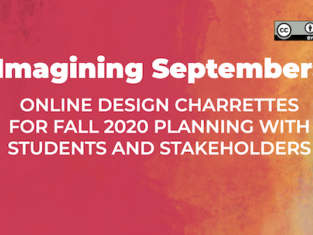Let’s Hit the Refresh Button (a couple of times): Reimagining Math Curriculum and Teacher Learning to Broaden Participation in the Math of the Future
In third second of six in a series of provocations, we distill a series of arguments that we have heard from interviews with math researchers, teachers, teacher leaders, and publishers.
Future of Teacher Learning Provocation Series
In this series of provocations, we distill a series of arguments that we have heard from interviews with math researchers, teachers, teacher leaders, and publishers. We’ve chosen six of the most interesting lines of thinking to publish in advance of the Future of Math Teacher Learning conference to set the table with a set of ideas that we can debate, build upon, or discard. These provocations are not the “right” way to think about the future of math teacher learning, but they were six arguments that challenged our assumptions, sparked our thinking, and helped us imagine new ways of approaching teacher learning.
By Rachel Slama, Justin Reich, Nancy Anderson and the INSPIRE-Math team
The results are in: Math teacher learning and math progress are stuck in a rut. We need something big to break out of our old patterns and habits. Something epic to catapult ourselves and our students into the twenty-first century and the future of work. And while we are at the re-invention wheel, can we broaden participation in the field of mathematics and computing too? Are new K-12 math curriculum tracks like computational math, data science, and computational statistics, ready to be that new thing that can help revive math teaching and learning?
Yes? Okay, let’s go!
Computers now seamlessly control nearly every aspect of our daily lives. Us mortals need to stake a claim in the areas where we have an advantage over the machine-- such as abstraction, creativity and innovation. And our schools have a responsibility to help students learn the quantitative skills they need to be successful in the future of work. As it turns out, that does not rest on lots of hand calculations of math problems.
Math policy wonks have been sounding the alarm bell for more than a decade (i.e. traditional math is the Latin of the 21st century)--in most parts of the world, math is still grounded in hand computation and rote memorization--at the expense of deepening students’ reasoning, deep thinking, and logic skills.
As it also turns out, the future of work will leave many behind if no immediate action is taken by education stakeholders to chart a path for new math teaching and learning, particularly in our nation’s most poverty-impacted schools. While robots might not “usher workers off of factory floors” as was previously feared, something “equally pernicious” is lurking in the shadows of automation: as MIT labor scholars note: the fruits of economic innovation will be so vastly and unequally distributed that most workers will only “taste a tiny morsel of a vast harvest”. So what are we waiting for?
What might a computationally and equity-driven curriculum look like?
The new math curriculum should focus squarely on data literacy and computer technology to break the cycle of conceptually shallow mathematics instruction, and it should do that in a way that is meaningful and relevant to the lives of students of color and poverty-impacted students. Take the Skew the Script curriculum: an open-source math curriculum developed by a statistics teacher to counter what he describes on his website as “students eyes glazing over” when working through the traditional statistics curriculum.
The founding statistics teacher revamped the Advanced Placement (AP) statistics curriculum to create real world examples for his students that are grounded in social issues. Students explore core statistical concepts hands-on through datasets about social-justice oriented topics like police brutality, inequality in education, income segregation, water safety in poverty-impacted communities, and other engaging topics like sports and gambling (for more social justice-oriented curriculum ideas, see related blog post The Power to Change the Equation).
You could imagine a similarly-inspired data science curriculum that integrated real world problems in even younger grades, which is grounded in computational thinking and computation as well. The possibilities are endless.
Now that we have a new curriculum, we just need the teacher. Easy as pi?
Actually, math teaching and learning does not operate in a vacuum and thus, we cannot simply plop a brand new curricular track into schools and expect it to work at scale. No, we will need to integrate math and computer programming into math standards, and develop a high-quality and culturally relevant k-12 “computational literacy” curriculum. Then, we will need to create a teacher pipeline that prepares teachers to teach the new curriculum-- both for current classroom teachers and those coming up the ranks through colleges of education and other alternate pathways. Oh and then what about meaningful assessments that help tell us if students are grasping the new curriculum?
The good news is that unlike traditional math tracks where a major barrier to teacher progress is a teacher’s own beliefs and confidence about teaching math, the opportunity to create new courses means that all teachers are novices. There are no preconceptions of what teaching should look like so we can reinvent the teacher professional learning experience alongside a new curriculum.
It will take the support and technical expertise of many education stakeholders-- and some support from our cousins in computer science education (thanks, in advance for your time!) who have been in a similar decade-long revolution. But we’re pretty confident that we can hit the refresh button on math-- a couple of times.







